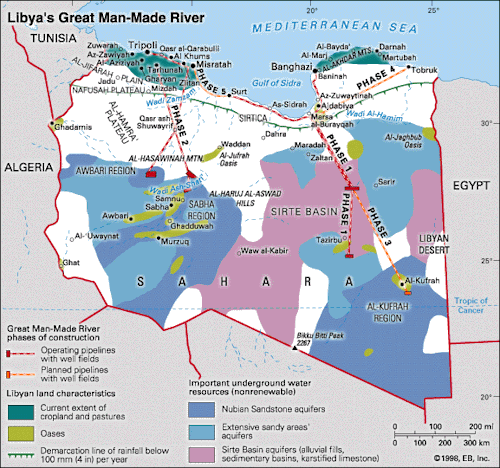.
Puerto Rico:
Dictadura e impotencia
1. La Dictadura
unipartidista
La rabia es tanta en Puerto Rico que está acabando con los gatos de la calle. Pero no con los deambulantes. Aumentan, cuadra a cuadra, en San Juan y por todo el país.
Puerto Rico es país que cree vivir en democracia porque participa cada cuatro años de un proceso electoral. No debemos confundir los procesos electorales con la democracia.
El proceso electoral en Puerto Rico:
–No determina nada acerca de la política ecónomica y social que se establecerá;
–Carece de poderes, pues los poderes fundamentales del país, incluso el del precio de la leche y de los huevos, lo establece el tribunal colonial que aquí llaman erróneamente federal;
–Como carece de poderes para lo importante, la legislatura de Puerto Rico se ocupa de las nimiedades;
–En las elecciones no se elige un programa político-económico-social, sino a personas para cargos de mayordomo o de segunda;
–el programa de los dos partidos principales es fundamental el mismo;
–Pero más importante que el programa es saber que quienes estarán el mando, no importa si ganan los azules o los rojos (gatos negros o gatos blancos, pero gatos), es la misma clase de los empresaurios.
Puero Rico es, pues, en conclusión, un país colonizado en el cual el poder imperial gobierna desde fuera y a través de mayordomos del patio que representan, sea quien sea que gane la elección de cada cuatro, los mismos empresaurios.
No hay bipartidismo en Puerto Rico.
Hay un solo partido: la derecha de los mayordomos azules y los rojos.
2. Otra vez Palés Matos:
del yermo y la impotencia
En Puerto Rico hubo una época de feroz resistencia que dirigió Pedro Albizu Campos y que generó una crisis política a mediados del siglo XX que permitió vislumbrar en el horizonte la posibilidad de terminar con el régimen colonial.
La represión fue tan intensa, que, con la ayuda de Luis Muñoz Marín, el imperio fue rodeando y entrampando la resistencia nacional. Sus últimos estertores los emitió el Ejercito Popular Boricua conocido como Los Macheteros. Tras el asesinato de Filiberto Ojeda Ríos, hemos llegado a este yermo “rencoroso y misántropo” que tan certeramente describió Luis Palés Matos en “Topografía”.
Hubo la posibilidad de un despertar en la época en que en el país se generó la indignación necesaria para hablar como país a propósito de los abusos de la Marina imperial en Vieques. Tras ese triunfo llegamos de manera difícil de comprender a la presente impotencia.
El gobierno de Luis Fortuño debió generar en el país una indignación aún mayor que la de Vieques, pues los abusos no se cometieron en una región del país aislada por el mar sino a través de todo el país.
Cuando comprendí que la crisis misma de la Universidad de Puerto Rico, crisis que me recuerda la que vive hoy el pueblo de Chile y que se extendió durante dos años y por muchísimos meses sacando a flote toda la corrupción, todas aquellas violaciones a los derechos civiles y humanos que luego se han denunciado, todo aquella exposición de la fuerza dictatorial y fascista del estado colonial, y los profesores no se organizaron en defensa de sus estudiantes, de la universidad y de ellos mismos, y siguieron pidiendo diálogo, y el país no protestó en cada pueblo, y los sindicatos no se levantaron,
comprendí la verdad de la sentencia que acuñó el joven Hostos como norma de su propia vida:
La represión fue tan intensa, que, con la ayuda de Luis Muñoz Marín, el imperio fue rodeando y entrampando la resistencia nacional. Sus últimos estertores los emitió el Ejercito Popular Boricua conocido como Los Macheteros. Tras el asesinato de Filiberto Ojeda Ríos, hemos llegado a este yermo “rencoroso y misántropo” que tan certeramente describió Luis Palés Matos en “Topografía”.
Hubo la posibilidad de un despertar en la época en que en el país se generó la indignación necesaria para hablar como país a propósito de los abusos de la Marina imperial en Vieques. Tras ese triunfo llegamos de manera difícil de comprender a la presente impotencia.
El gobierno de Luis Fortuño debió generar en el país una indignación aún mayor que la de Vieques, pues los abusos no se cometieron en una región del país aislada por el mar sino a través de todo el país.
Cuando comprendí que la crisis misma de la Universidad de Puerto Rico, crisis que me recuerda la que vive hoy el pueblo de Chile y que se extendió durante dos años y por muchísimos meses sacando a flote toda la corrupción, todas aquellas violaciones a los derechos civiles y humanos que luego se han denunciado, todo aquella exposición de la fuerza dictatorial y fascista del estado colonial, y los profesores no se organizaron en defensa de sus estudiantes, de la universidad y de ellos mismos, y siguieron pidiendo diálogo, y el país no protestó en cada pueblo, y los sindicatos no se levantaron,
comprendí la verdad de la sentencia que acuñó el joven Hostos como norma de su propia vida:
“Elige entre tu voluntad y una pistola”.
Pues sin voluntad no hay libertad, ya que la libertad hay que tomarla como la Bastilla francesa y hay que vivirla contra el viento adverso.
No hay indignados en la última gran colonia del planeta Tierra, desierto yermo.
El poder colonizador castró y aplastó la nación puertorriqueña.
No hay indignados en la última gran colonia del planeta Tierra, desierto yermo.
El poder colonizador castró y aplastó la nación puertorriqueña.
Hasta que el aliento de un nuevo tiempo vuelva.
Marcos
Reyes
Dávila



 Tuesday, April 12, 2011 at 02:52PM
Tuesday, April 12, 2011 at 02:52PM







